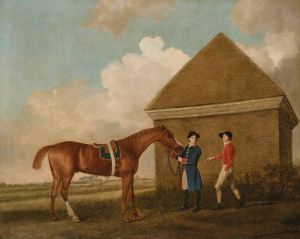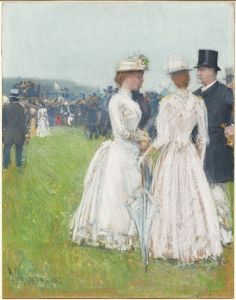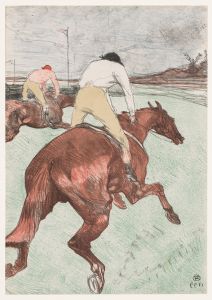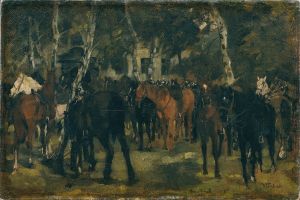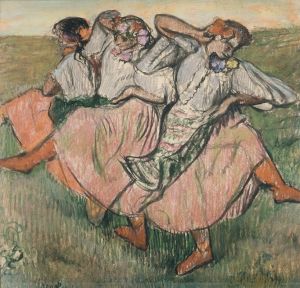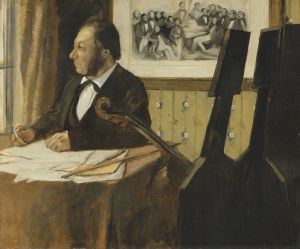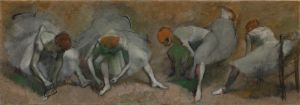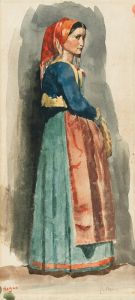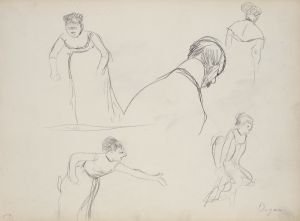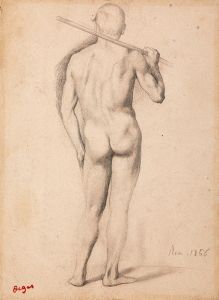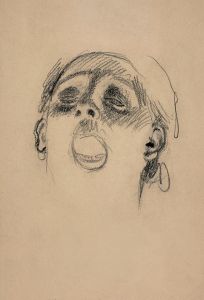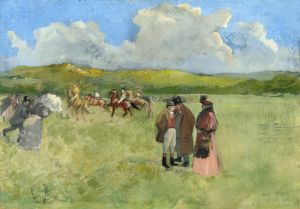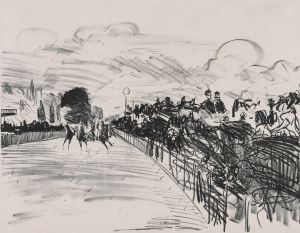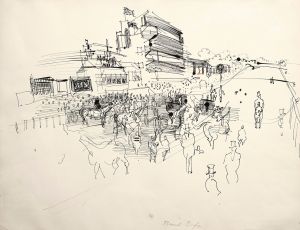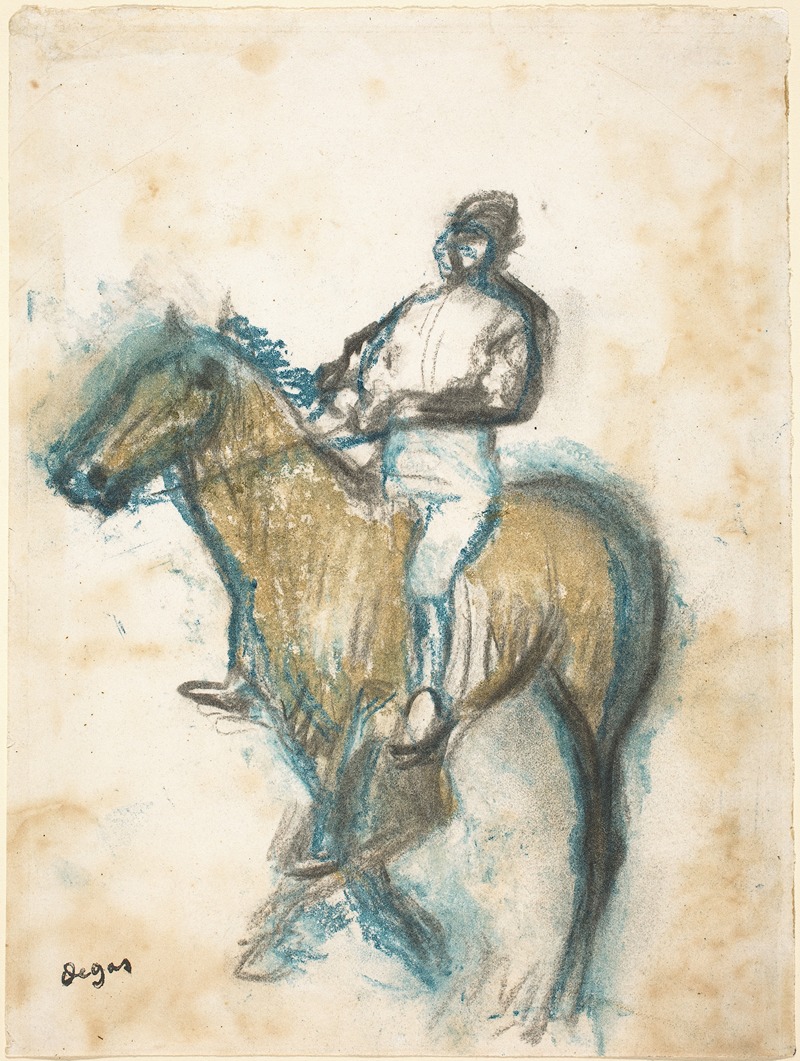
Jockey
A hand-painted replica of Edgar Degas’s masterpiece Jockey, meticulously crafted by professional artists to capture the true essence of the original. Each piece is created with museum-quality canvas and rare mineral pigments, carefully painted by experienced artists with delicate brushstrokes and rich, layered colors to perfectly recreate the texture of the original artwork. Unlike machine-printed reproductions, this hand-painted version brings the painting to life, infused with the artist’s emotions and skill in every stroke. Whether for personal collection or home decoration, it instantly elevates the artistic atmosphere of any space.
Edgar Degas, a prominent French artist associated with the Impressionist movement, created "Jockey" as part of his extensive exploration of equestrian themes. Degas was known for his fascination with movement and his ability to capture fleeting moments, and horse racing became a recurring subject in his body of work. This theme allowed him to study the dynamic interplay between horses and their riders, as well as the energy and tension of the racetrack.
"Jockey" is one of several works by Degas that depict horse racing scenes. While the exact date of this particular artwork is not always clearly documented, many of his equestrian pieces were created during the late 19th century, a period when Degas was experimenting with various techniques and materials. He often worked in pastels, oils, and mixed media, and his equestrian works reflect his innovative approach to composition and color.
In "Jockey," Degas captures the moment of anticipation and focus as jockeys prepare for or engage in a race. The painting emphasizes movement and balance, with the figures of the horses and riders rendered in dynamic poses. Degas's use of perspective and cropping gives the viewer a sense of immediacy, as if they are witnessing the scene firsthand. His attention to detail in the anatomy of the horses and the posture of the jockeys demonstrates his keen observational skills and dedication to realism, even as his style leaned toward Impressionism.
Degas was influenced by the burgeoning popularity of horse racing in 19th-century France, which had become a fashionable pastime among the upper classes. The sport provided a rich source of inspiration for artists, and Degas's works stand out for their focus on the athletes and animals rather than the social spectacle of the event. His equestrian paintings and drawings often highlight the physicality and discipline required in the sport, as well as the fleeting nature of the moments he sought to capture.
Today, "Jockey" and other equestrian works by Degas are celebrated for their innovative compositions and their ability to convey motion and emotion. These pieces are housed in various museums and private collections around the world, contributing to Degas's legacy as one of the most influential artists of his time.





